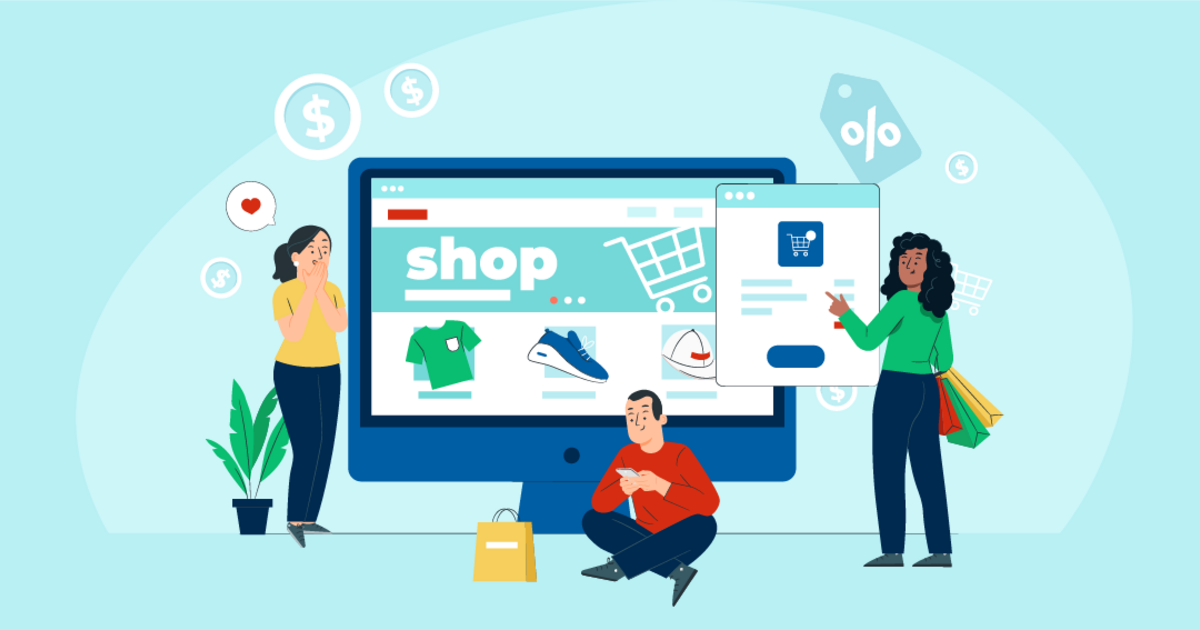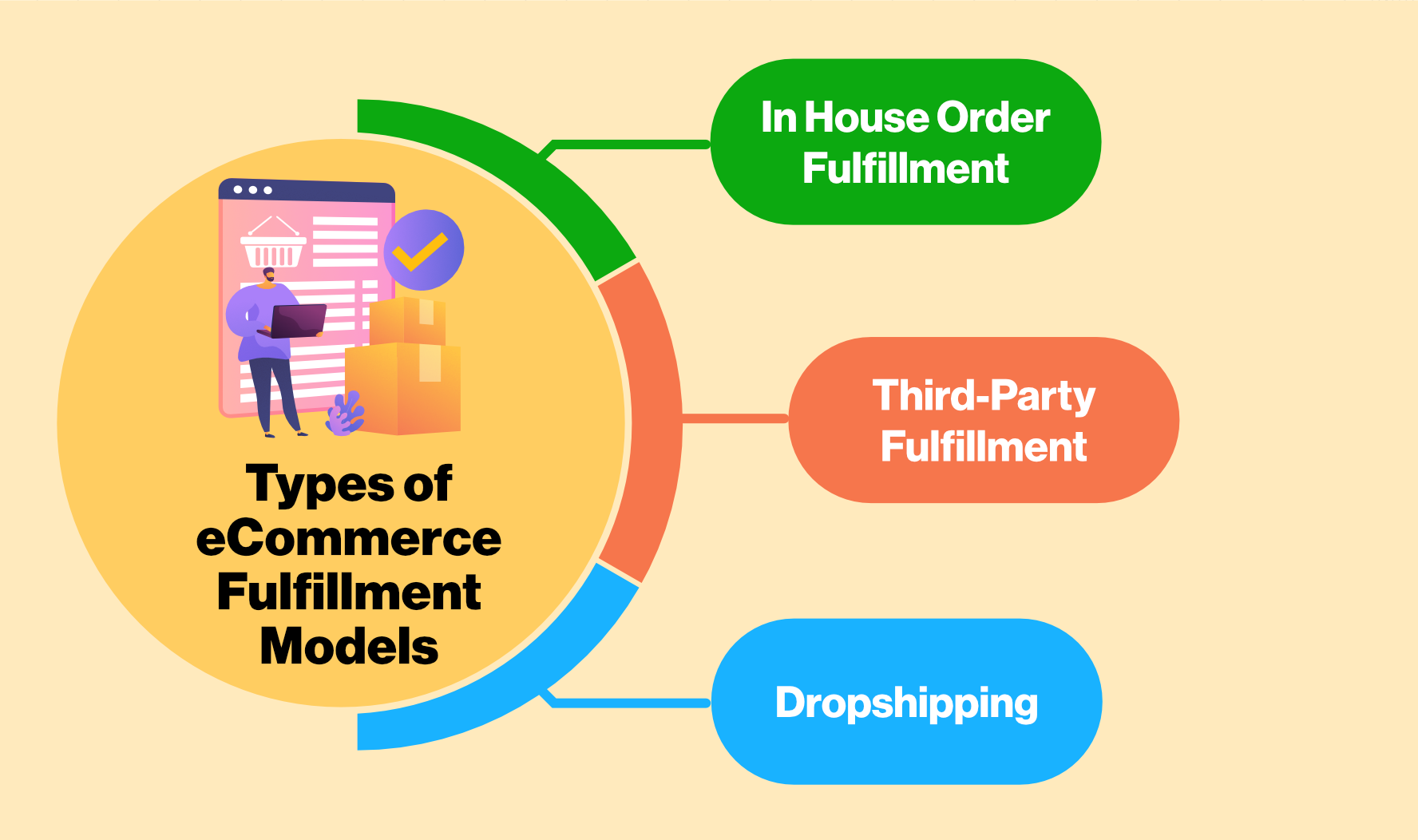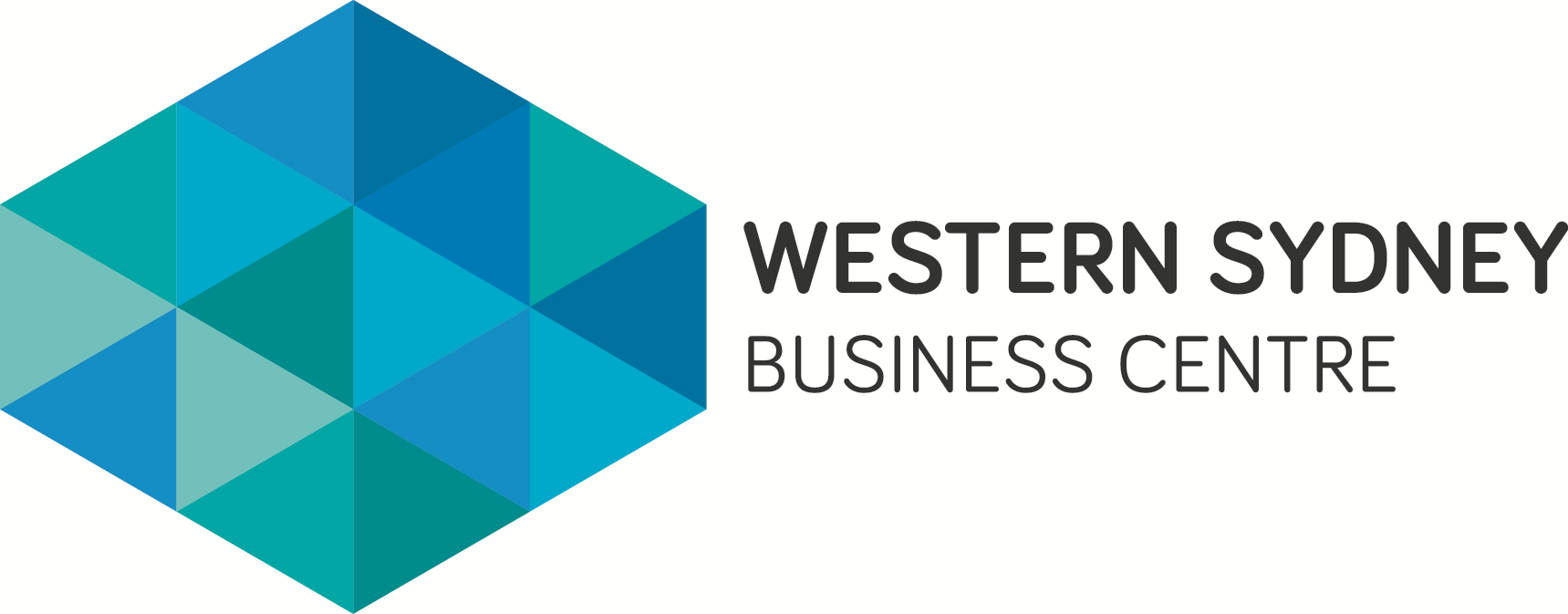As the cost-of-living increases, more and more people are looking for ways to generate extra income with low startup costs. Bearing this in mind, starting an e-commerce business becomes an attractive option.
Traditionally, starting an e-commerce business means having to build a website, which you then sell products through. However, over the years, how we can start an e-commerce business has evolved. There are three ways today in which someone can start an e-commerce business:
- Sell on your website – either have a website designed, customised, and build from scratch or use DIY (Do-It-Yourself) template sites such as Wix, WordPress, Shopify or Big Commerce. DIY template sites have low barriers to entry and are an easy way to start a website. A disadvantage to this approach is if you have special design requests such as a separate login field for customer memberships or wholesale accounts; in this case, you may need to engage with a website designer to engineer features to your needs.

2. Sell on 3rd party platforms – Platforms such as eBay, Amazon, or Catch already have an existing brand reputation with customers out in the market, and all you will need to do is open an account. Depending on the platform in question, there may be a fee to open an account, plus any commission once an item has been sold.

3. Drop Shipping – it allows you to sell products online without having to store inventory or handle fulfilment; the manufacturer will send orders directly to customers. As a seller, you will need a website, a few great products, and plenty of marketing. As a word of advice, many sellers who chose this option do not account for the higher cost of marketing at the start of the business and forget to consider the number of competitors that sell the same product.

You can choose to use only one option or decide to utilise all three when starting an e-commerce business. Regardless of which type you choose, you will need to be aware of the pros and cons of any option such as startup cost and commissions, product selection, product restrictions, and marketing guidelines on some sites.
If you already have a physical brick-and-mortar store, you will also need to consider the logistics and the stock control for both physical and online stores, to ensure smooth dispatch and customer service satisfaction.

